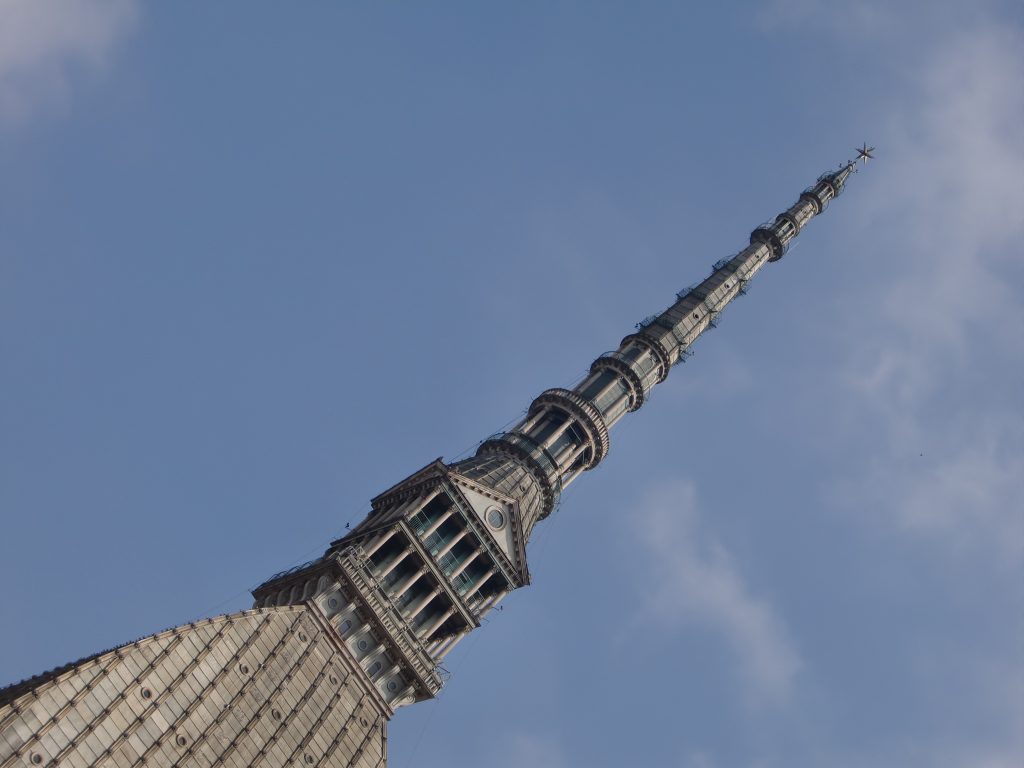Surrounded by the Alps, Torino (in Italian) is an major business and cultural centre for Italy and all of Europe. The capital of the Piemonte region is home to leading brands such as Fiat, Lavazza, Nutella, and Martini, as well as being well-known for important Christian relics like the Shroud of Turin. And it’s also home to one of the all-time classic teams of Italian football, the mighty Juventus F.C.

After Milan, Turin is the other major industrial focal point. However, after walking the city’s streets, we dare to say that its beauty and monuments are somewhat superior. Located almost entirely on the west bank of the Po River, and surrounded by the Alps, the city is closely linked to the Republic of Italy’s modern history, having been its first administrative capital.


Turin is a thriving economic capital, which hosts some of Europe’s oldest universities; the University of Turin was founded in the 15th century, and the Turin Polytechnic.

Its industrial character is undeniable. It’s the home of the Fiat Group, which is owned by the local Agnelli family. The acronym FIAT means (Fabbrica Italiana Automobili Torino; Turin Italian Automobiles Factory). The group is currently part of the American company Chrysler, and also owns Jeep, Alfa Romeo, Lancia, Fiat itself and the distinguished Ferrari.

The Mole Antonelliana is the city’s major landmark, a monumental site built between 1863 and 1888 by the architect Alessandro Antonelli. We found it particularly fascinating with its 113m tower that looks like something straight out of Monty Python.
Originally conceived as a synagogue and a symbol of tolerance and religious freedom, and the Mole appears on the reverse of the two-cent Italian euro coins, and it was also the inspiration for the emblem of the 2006 Turin Winter Olympics. The building also currently houses the National Museum of Cinema and is one of the country’s most visited museums.


Another of Turin’s big draws is its religious heritage. It’s home to St. John Bosco and the Salesian Congregation (you can visit his birthplace just a few kilometres outside the city, and also his incorrupt body and tomb in the Basilica Mary Help of Christians).

But the big attraction is the Shroud of Turin, which is kept in the royal chapel of the Cathedral of Saint John the Baptist. As you’re probably aware, the shroud’s origins are the subject of constant debate among scientists, theologians, historians and researchers with the underlying question: Is it the cloth that covered Jesus of Nazareth after he died on the cross or a relic created by the clergy in the Middle Ages?



Sticking with religious themes, Turin is also one of the few cities in the world with a monument dedicated to the devil. The stone monument in the Piazza Statuto supposedly depicts those who died building the Frejus tunnel. It’s part of a group of monuments consecrated to Lucifer by the Church, along with the Fuente del Ángel Caído (Fallen Angel Fountain) in the Retro Park in Madrid and the sculpture of El Poder Brutal in Quito, Ecuador.


On the subject of football, everyone knows the continental glory and track record of Juventus F.C. and the strong tradition of the city’s second club, Torino F.C. In fact, if you visit the Basilica of Superga, you’ll see a plaque in memory of the Superga air disaster.


In 1949, a plane carrying the entire Torino team (known as Grande Torino) crashed into the retaining wall at the back of the basilica, and 18 players from the mythical Turin team lost their lives on the flight returning from a friendly match in Lisbon. The tragedy left its mark on the entire country, and Italy lost the backbone of the national team for the 1950 World Cup in Brazil.






